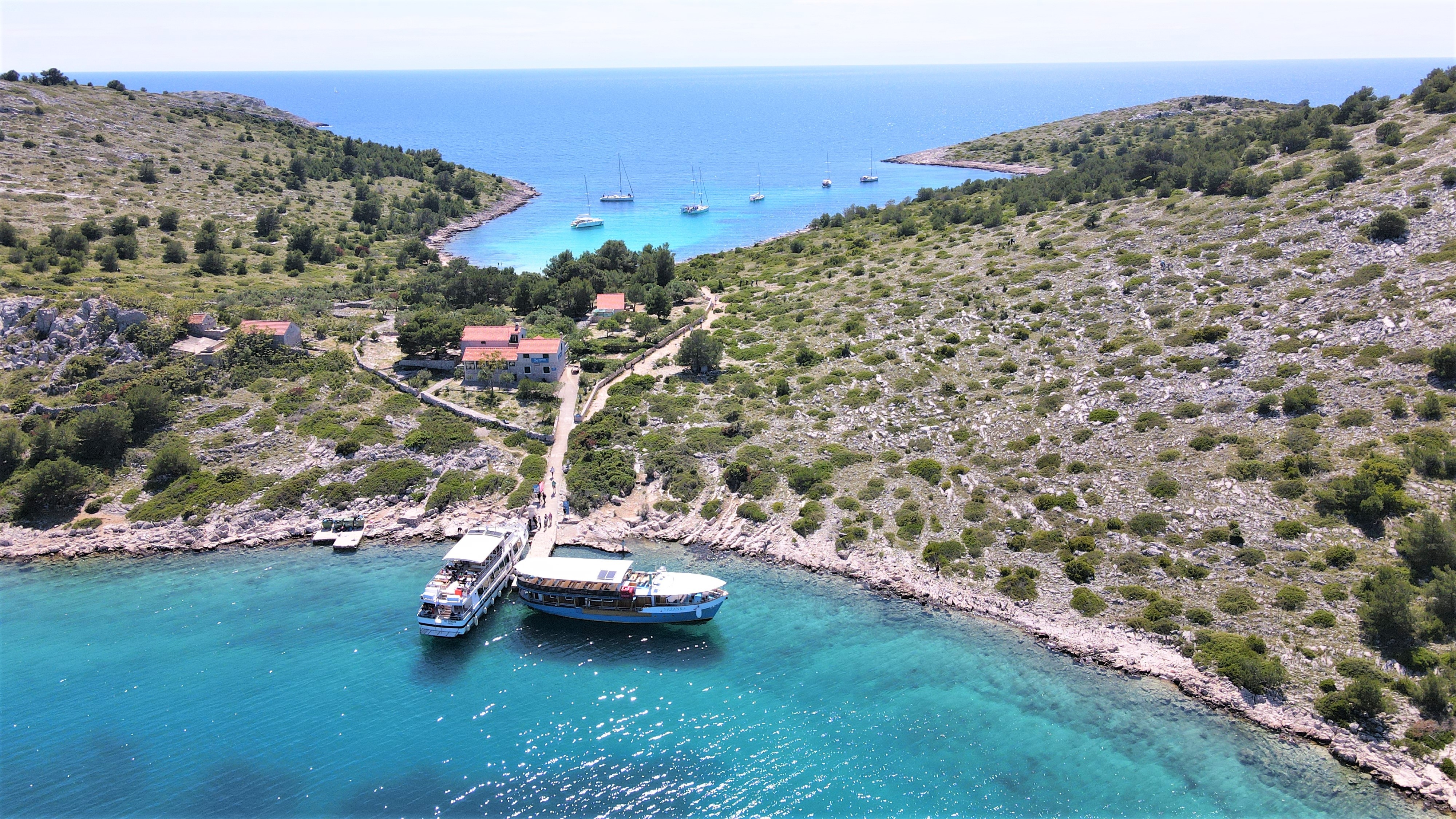
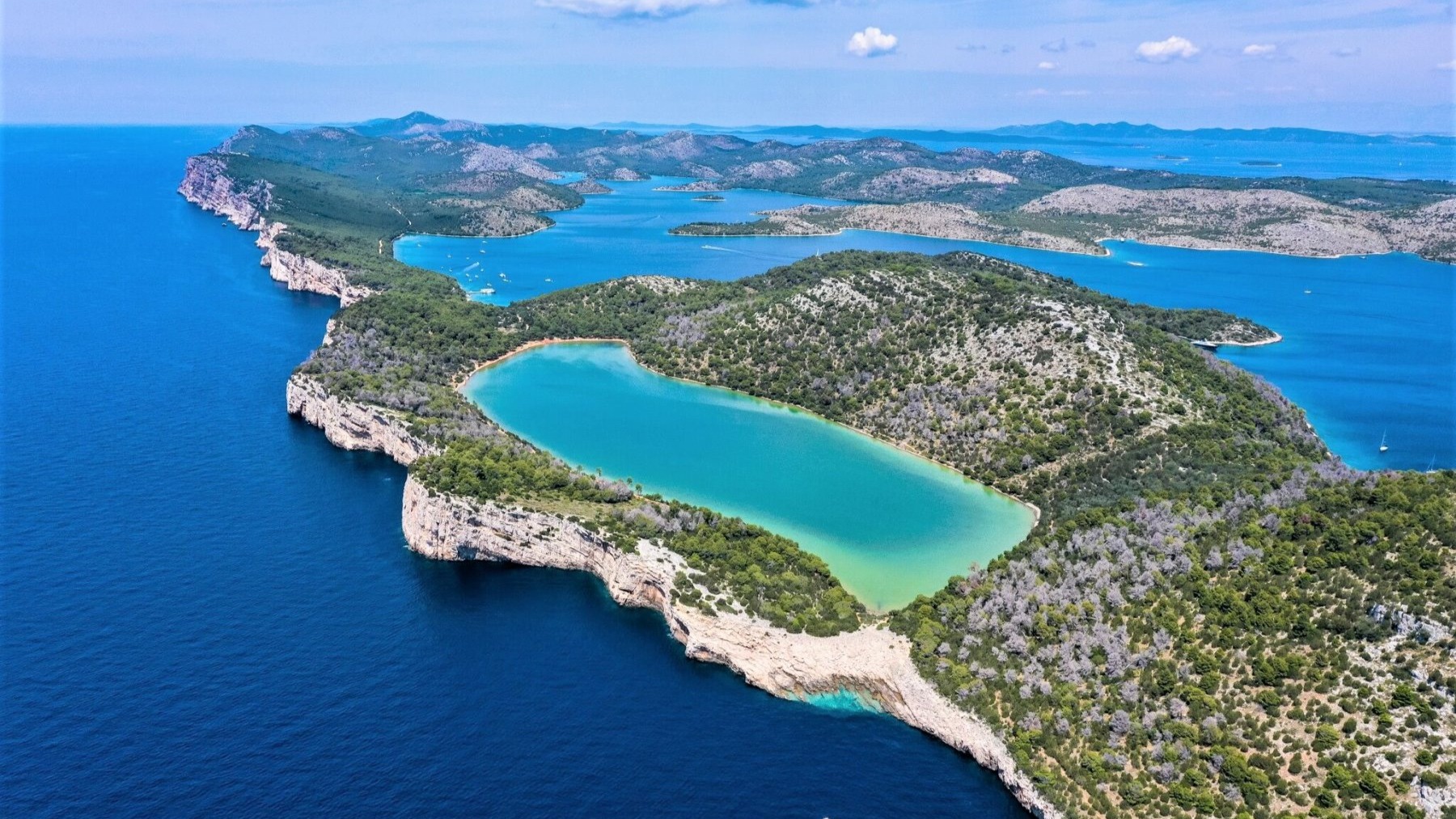

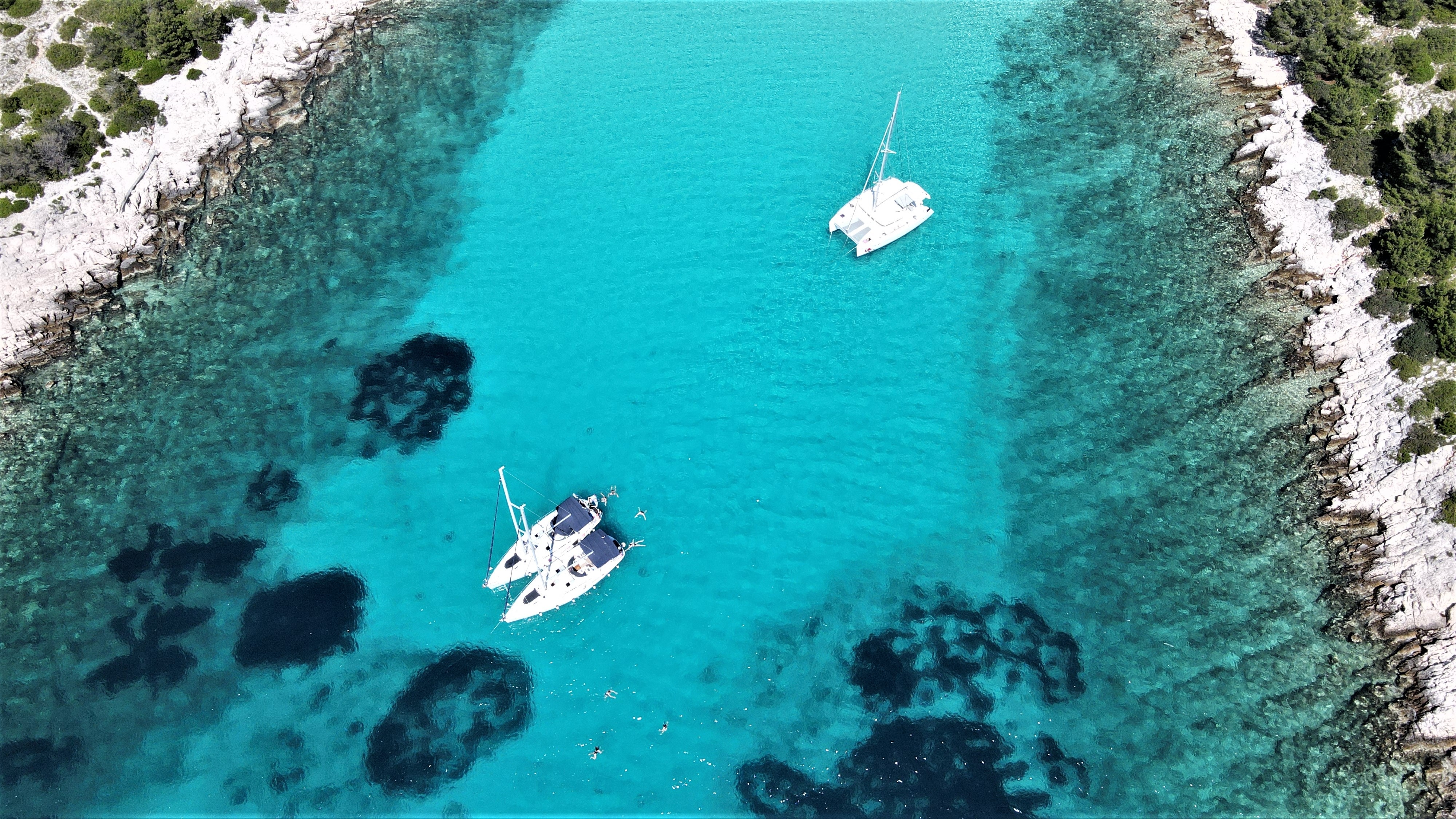
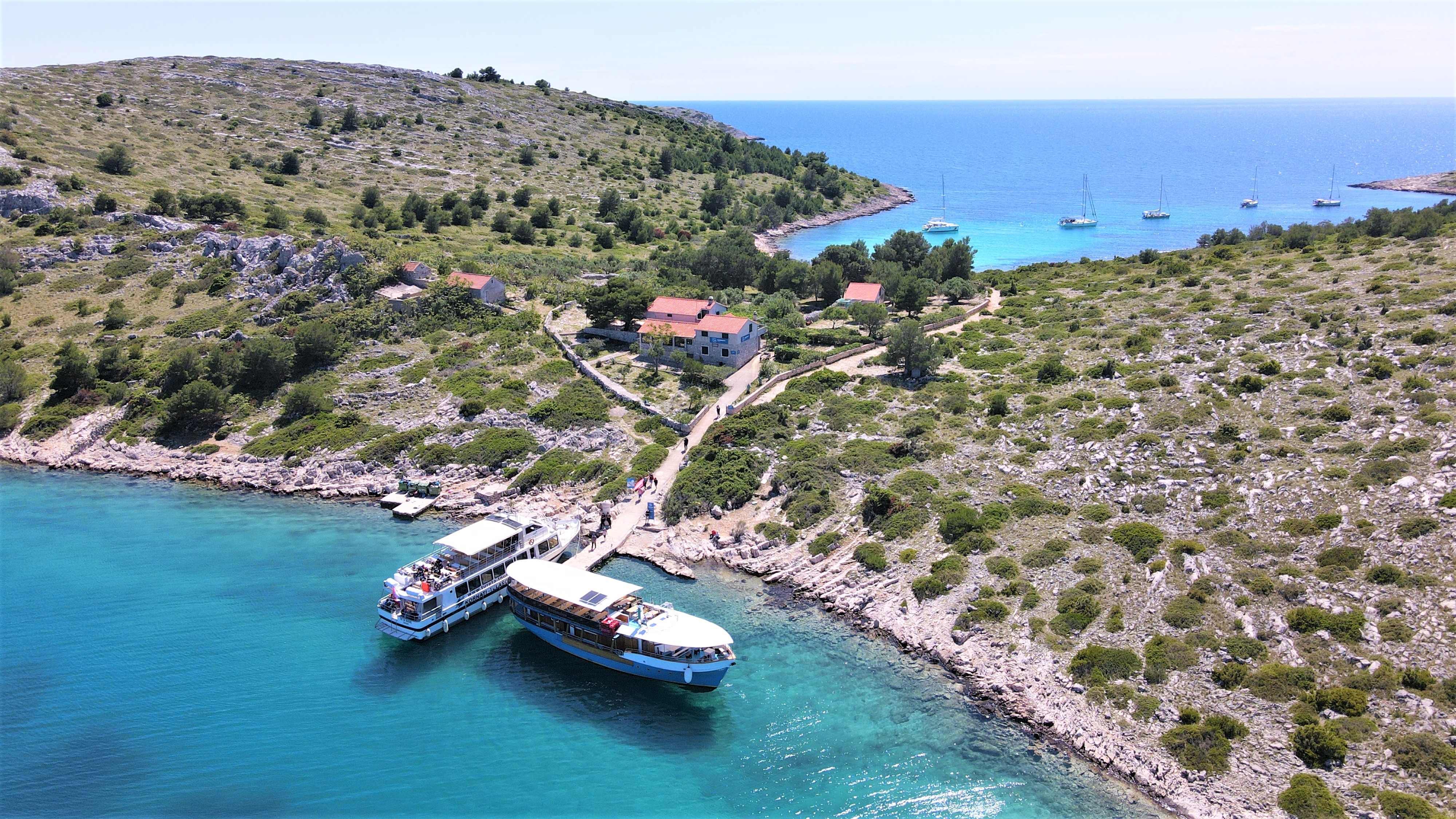
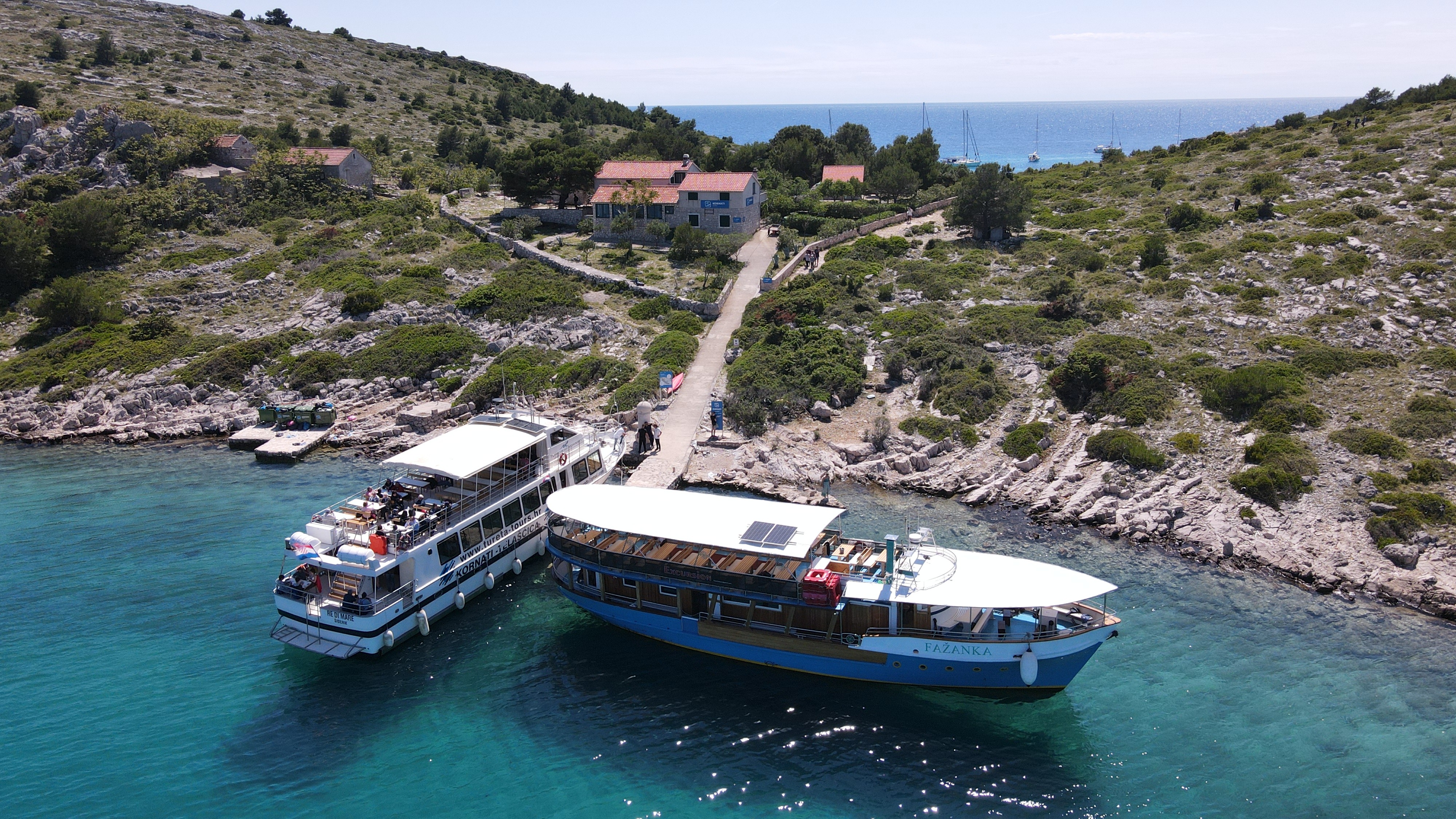
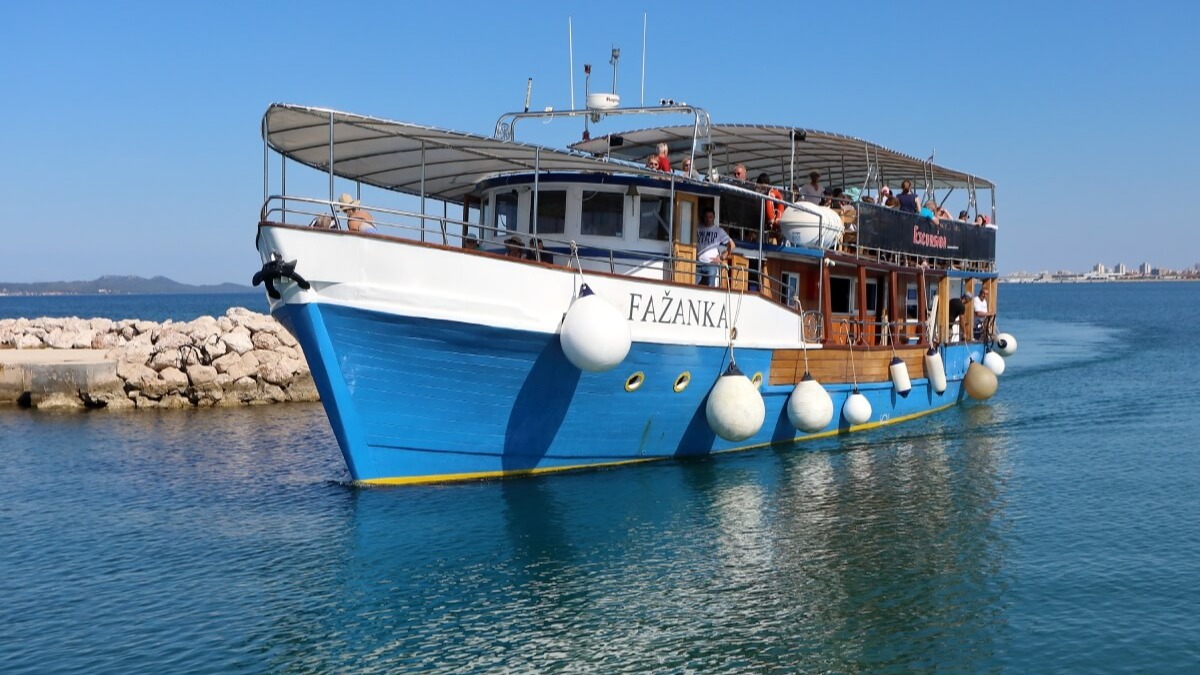
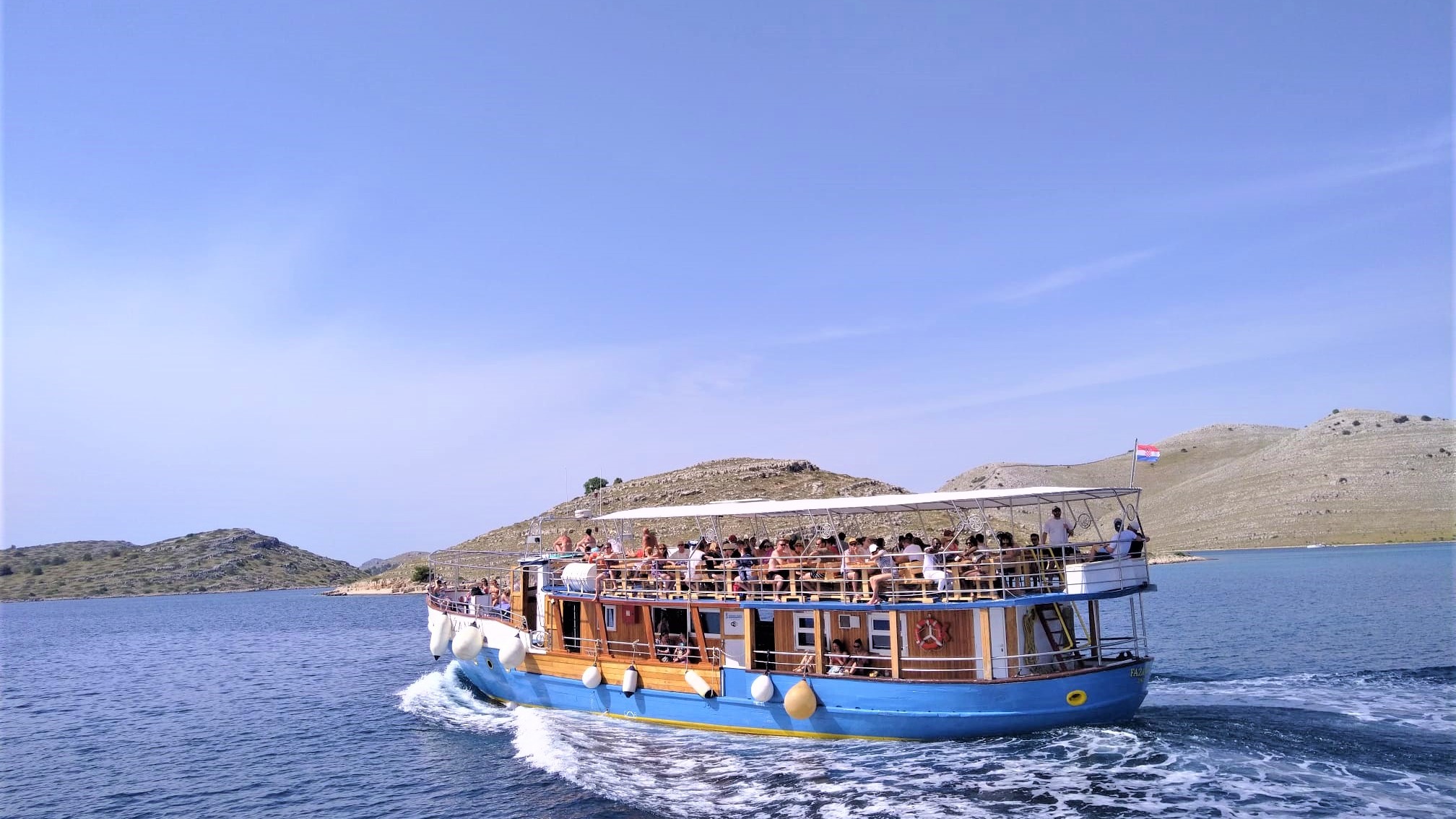
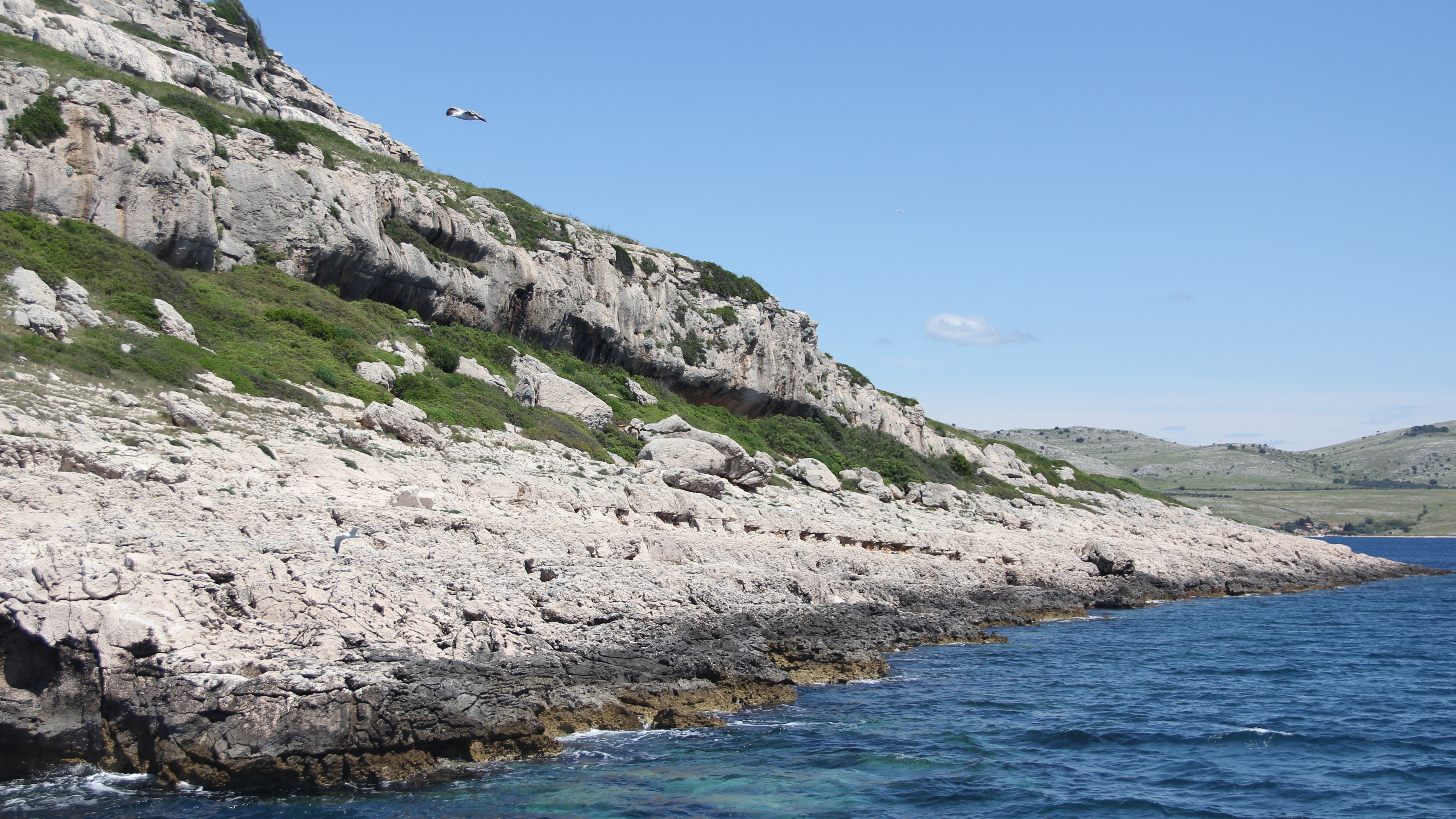

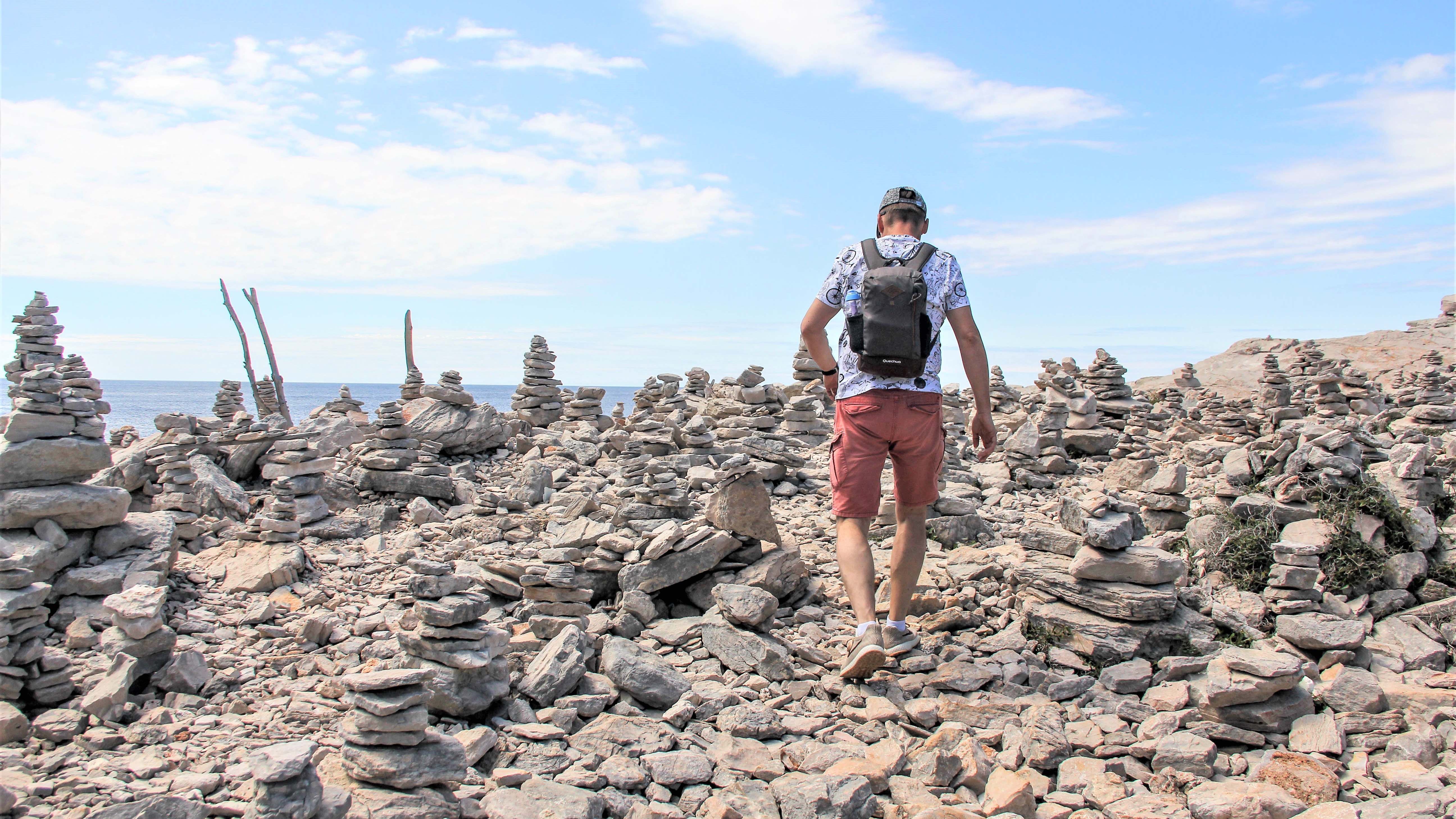
About this activity
Rating
Location
Kornati and Telašćica
Type
Excursion by tourist boat
Duration
10 H
Transportation
Organized
Capacity
1 - 150
Description
Experience a full-day journey from Zadar to Dugi Otok and Kornat Islands, indulging in breathtaking scenery, mouthwatering cuisine, and unparalleled natural beauty. Relax on board and admire the wonderful views while the experienced crew takes care of your comfort and safety and prepares a delicious meal. During this unique cruise you will have the oportunity to swim in the crystal clear waters of the Adriatic Sea, on one of the most beautifil beaches of the Kornati archipelago.
HIGHLIGHTS
- Levrnaka Island - beautifull Lojena beach
- salt lake
- majestic rock walls
Read more about the destination KORNATI and TELAŠĆICA.
